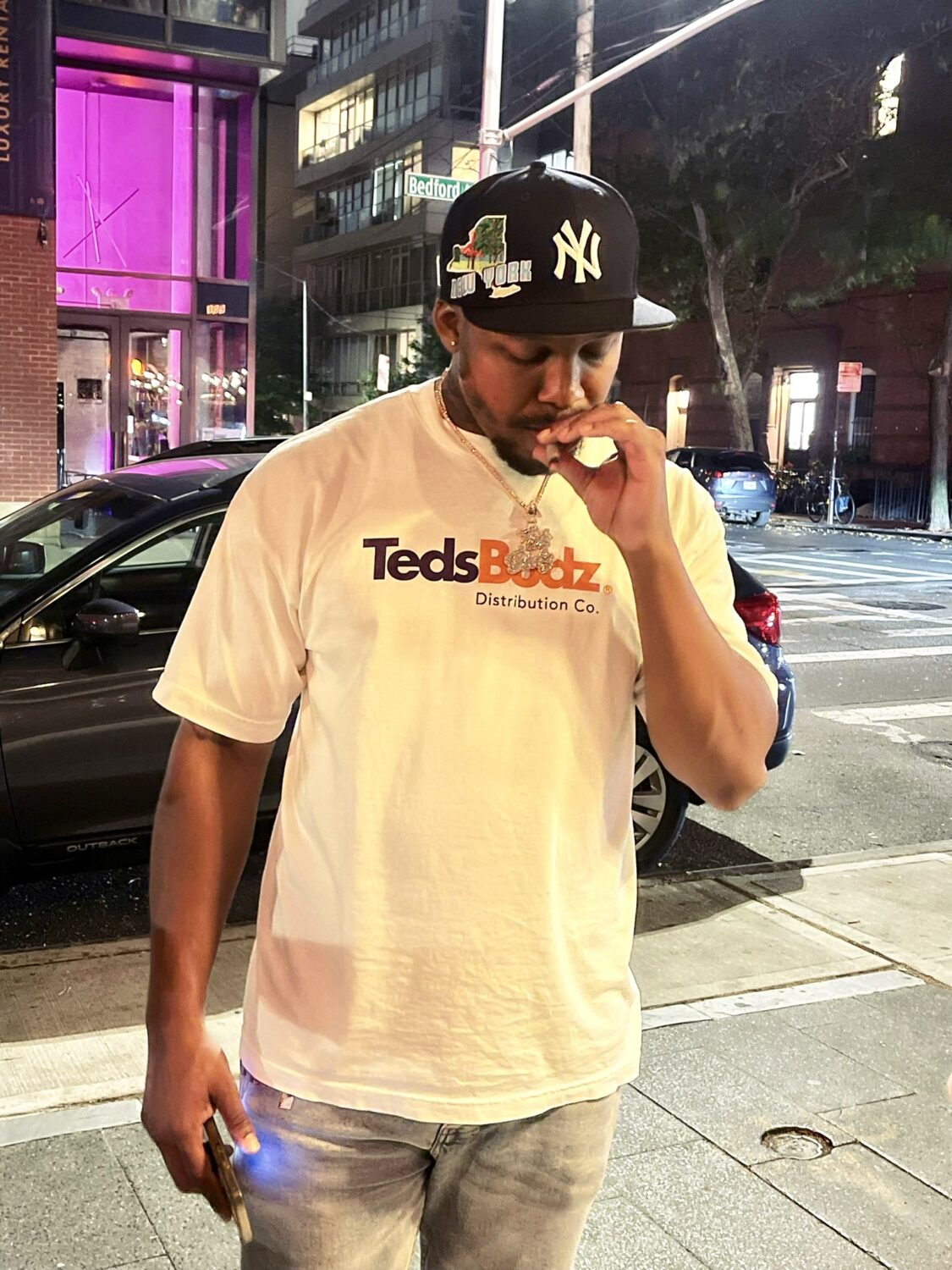THE SPANNABIS 2023 TRAVEL DIARY
THE SPANNABIS 2023 TRAVEL DIARY Spannabis 2023 once again proved to be a can’t-miss international event, as cannabis access levels continue to rise around the world. It was fair to say, this year proved Spannabis had exited the pandemic slump in its 19th edition. It certainly felt a lot more crowded than last year, as…
THE SPANNABIS 2023 TRAVEL DIARY
Spannabis 2023 once again proved to be a can’t-miss international event, as cannabis access levels continue to rise around the world.
It was fair to say, this year proved Spannabis had exited the pandemic slump in its 19th edition. It certainly felt a lot more crowded than last year, as visitors interacted with the 280 exhibitors, 500 companies and nearly 5,000 cannabis industry professionals at the show. Prior to the pandemic, attendance numbers had been as high as 35,000.
It’s important to note all the things that happen in the orbit of Spannabis. While the main show over the weekend is massive, there are a lot of big annual events taking place throughout the week also drawing tons of attention. A lot of that attention goes to hash. The week of Spannabis is essentially home to the biggest flower and hash contests in the world outside of America. The week also features Spain’s largest business conference, the Barcelona edition of The International Cannabis Business Conference.
As for the contests, they offer a few different formats. The weekend of Spannabis is dotted with awards shows starting on Wednesday with Ego Clash, all the way through to The Secret Session’s Sunday contest announcement. Other contests throughout the week included Masters of Rosin and the Spanish Champions Cup hosted by Spannabis. A win in any of those contests is one of the biggest things you can do in cannabis.
The Ego Clash originally was founded in California and made its way to Spain in the late 2010s. After its founding by Brandon Parker of 3rd Gen Family, one of the most award-winning farms in cannabis, The Ego Clash quickly vaulted itself to the top of the mountain in a world flooded with cannabis events.
This year’s Barcelona Ego Clash may be the most surprising yet. While many big-name Americans would make the trip, Bask Family Farms took home the top prize in flower. BTY Terplandia was the highest-scoring American flower in second, and the stacked trophy shelf over at Growers with Attitude would round out the podium.
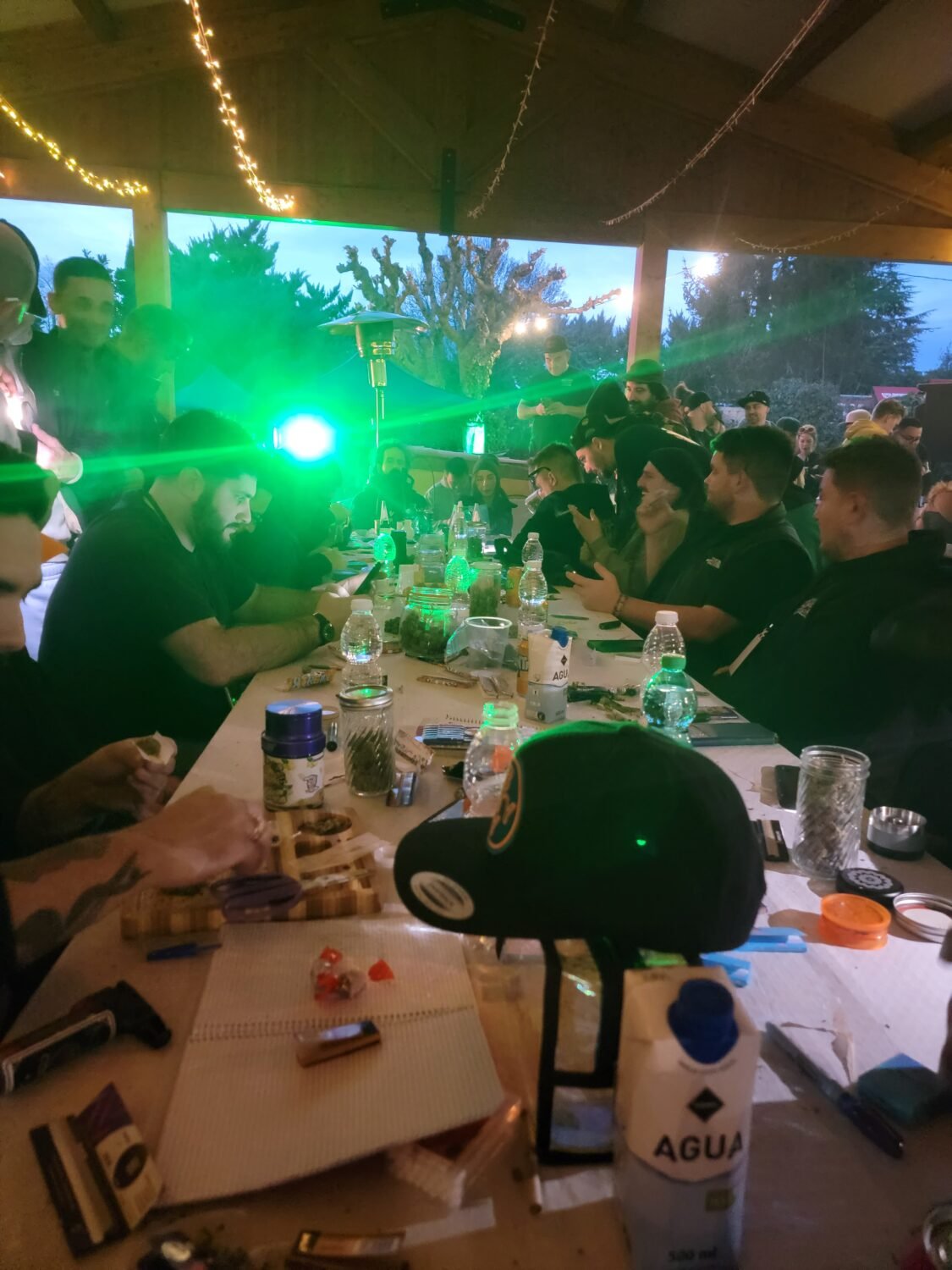
Ego Clash Flower Judging
But many consider the hash the star of the show at The Ego Clash. Top honors in the hash category went to Ogre Farms. A Half-American team placed second in this category, too, with The Emerald Cup’s personal-use winner Wooksauce Winery. Dochazed came in third place.
The top prize in rosin went to Have Hash. This was their second time winning The Ego Clash and they would place third later in the week at Masters of Rosin.
Things started to feel a lot more European after The Ego Clash ended on Wednesday. Partly because a lot of Europeans get there on Thursday for Spannabis setup while Americans making the trip tend to spend closer to a week or longer.
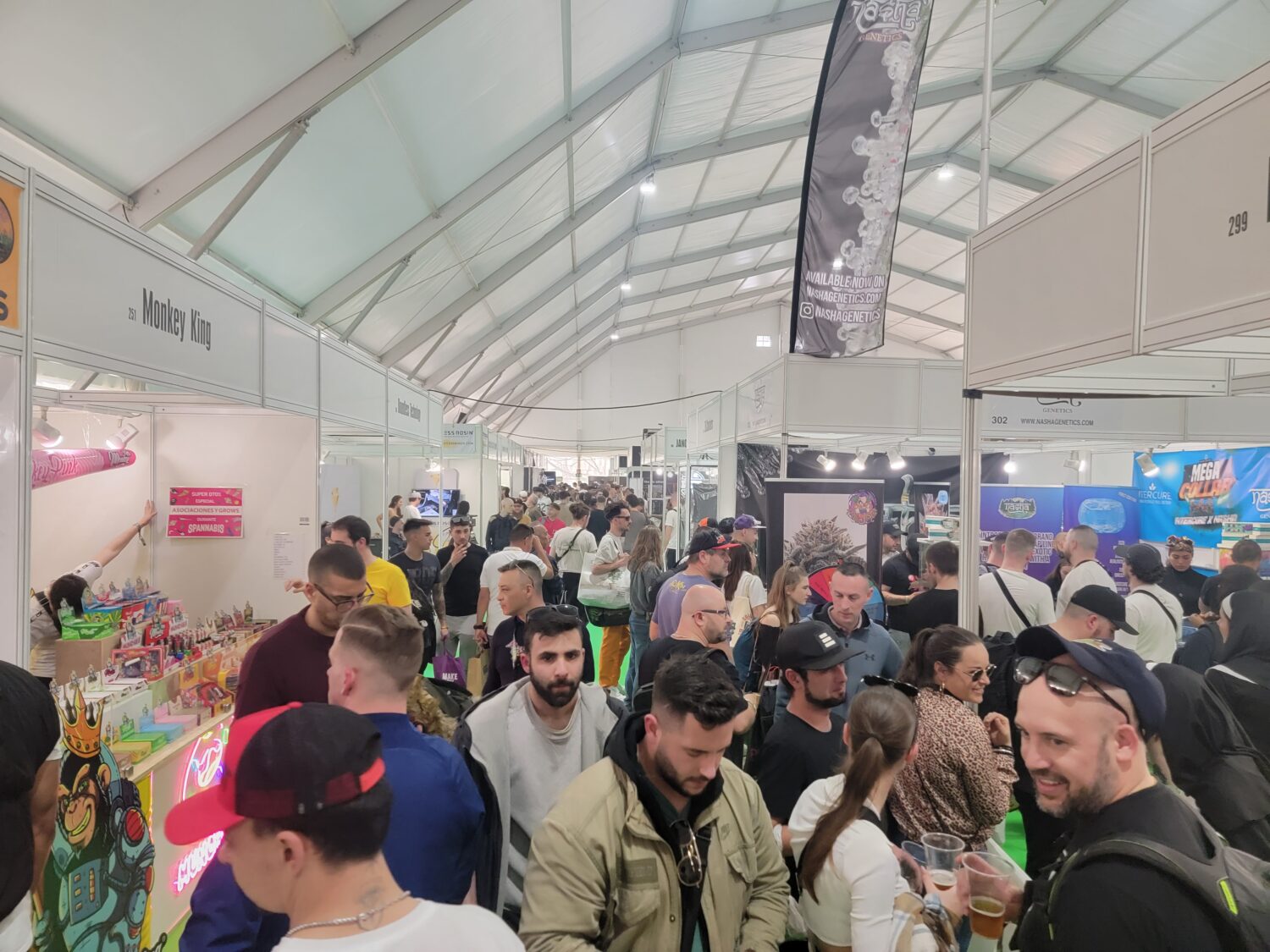
A packed Friday at Spannabis.
Friday would prove to be mobbed. One of the things about events like Spannabis that feature seed companies is the best gear goes early. People will take the day off work to get there early in hopes of buying a pack of seeds that holds their Golden Ticket.
This year felt like it featured more American seed drops than ever. Many of them were people we traditionally think of for their quality of production and not breeding. The list of American seed drops includes Los Angeles top-shelf regulars like The Terp Hogz, Wizard Trees, Cali-X, and Doja, on top of the traditional breeders you would expect to see in Spain.
Friday also would feel like the most business-heavy day. Many people were searching out those conversations they needed to have with their industry peers before the weekend was in full gear.
Among the craziest business things we saw was Athena’s mobile tissue culture system. Farmers will be able to do in the middle of a field what they once needed a lab for. It won’t clean your genetics like meristem work in a lab will, but it will certainly make preserving genetics that much more accessible.
Saturday and Sunday felt very similar. They were both packed-to-the-wall celebrations of cannabis. Saturday certainly seemed the most crowded of the three days.
It’s a safe bet as more and more countries continue to reform their marijuana laws, the 20th edition of Spannabis next year will be simply massive.









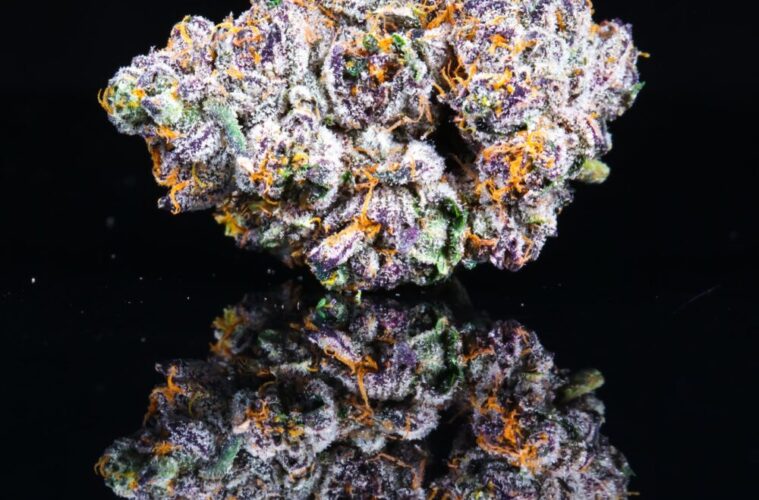 Photos courtesy CAM
Photos courtesy CAM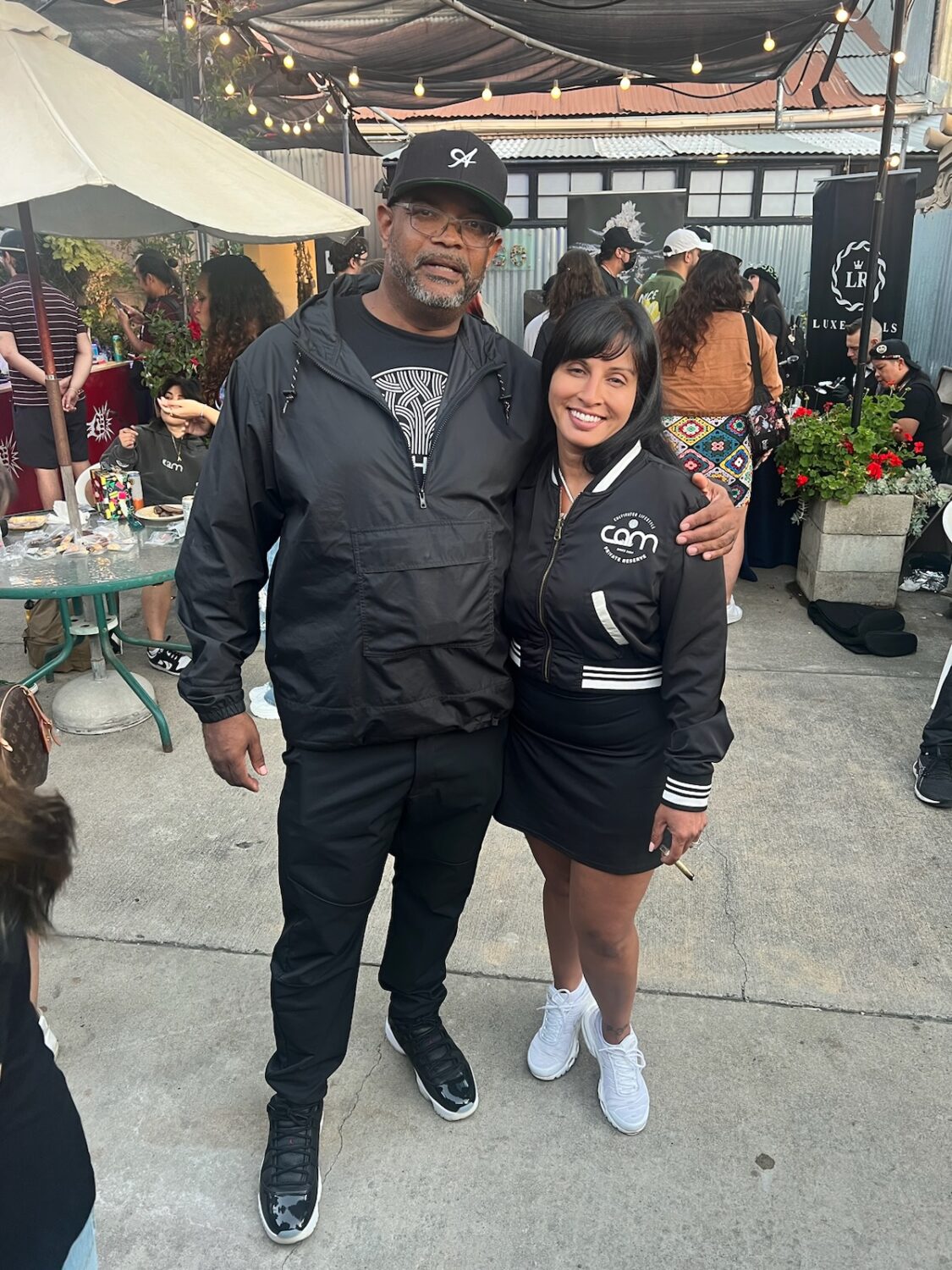
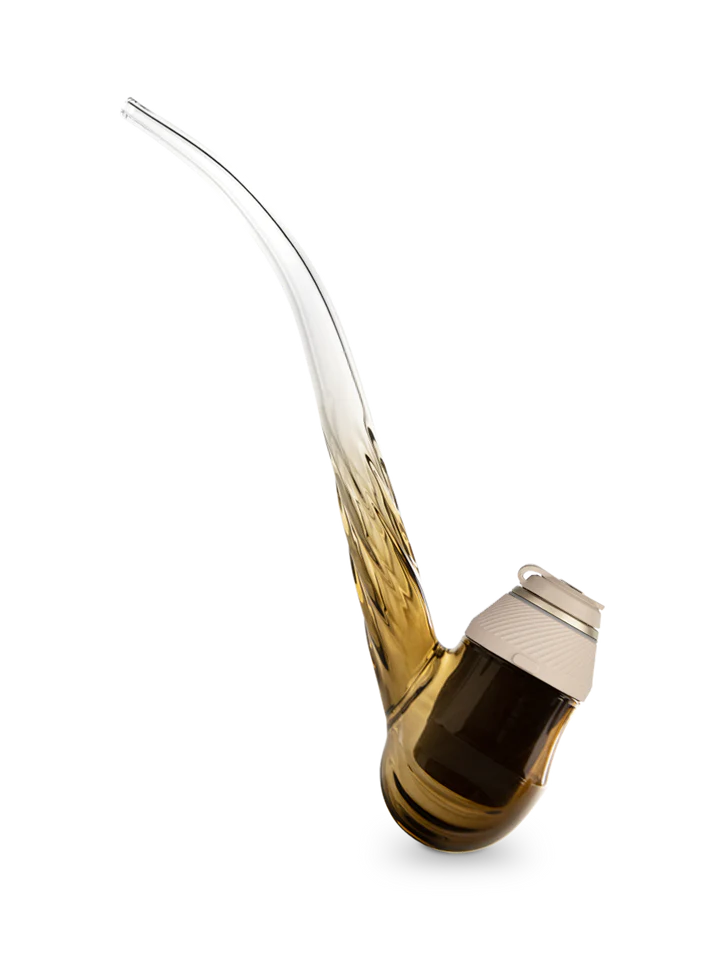

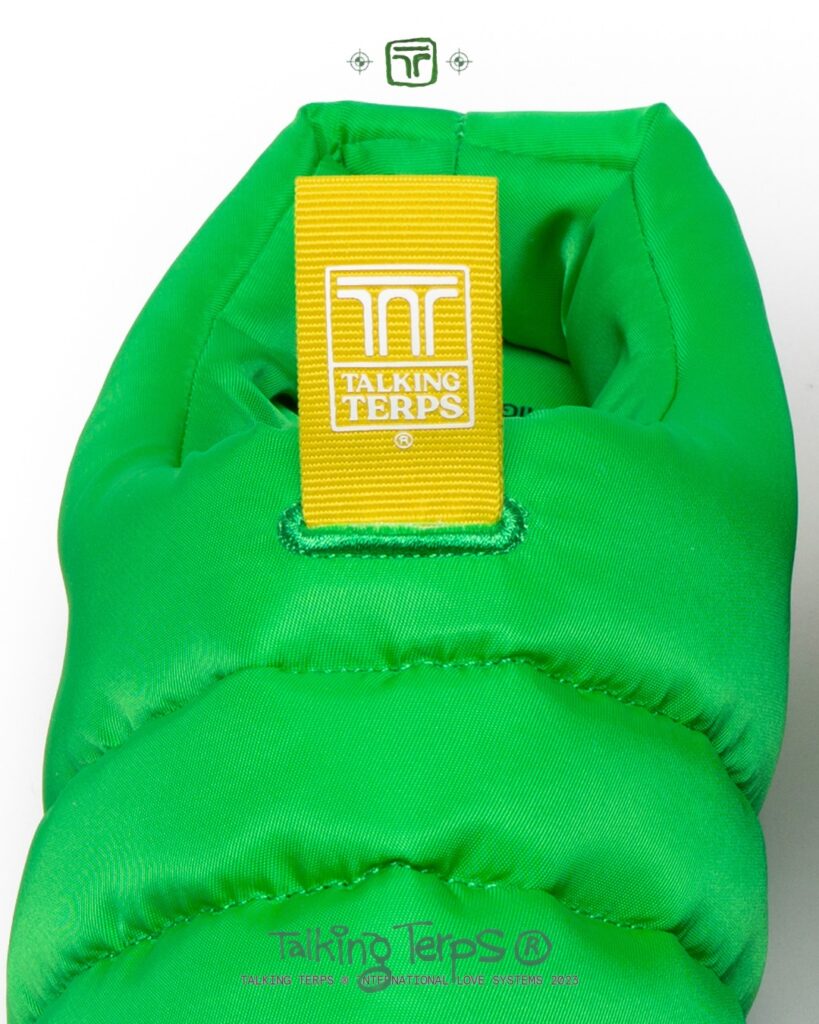



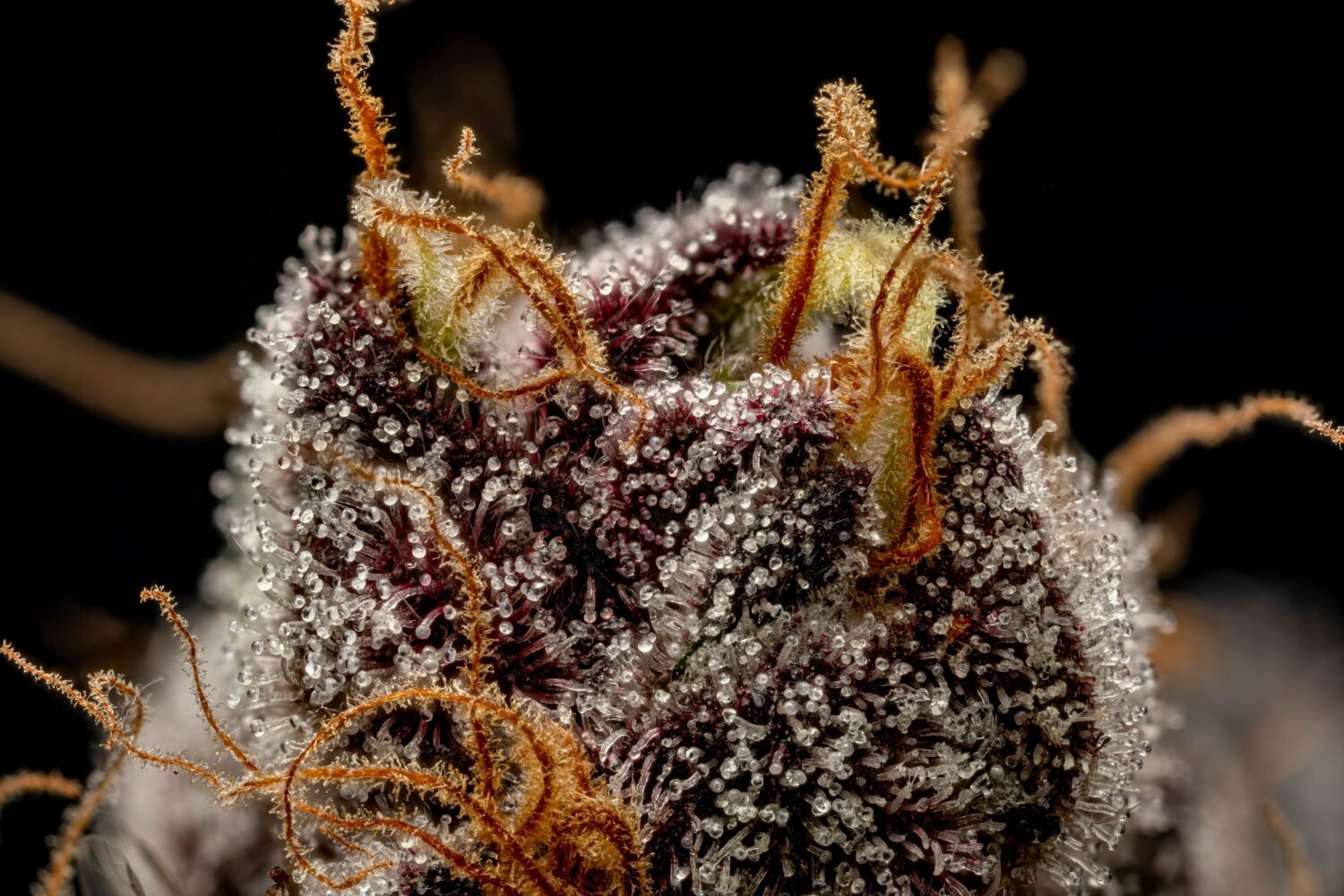
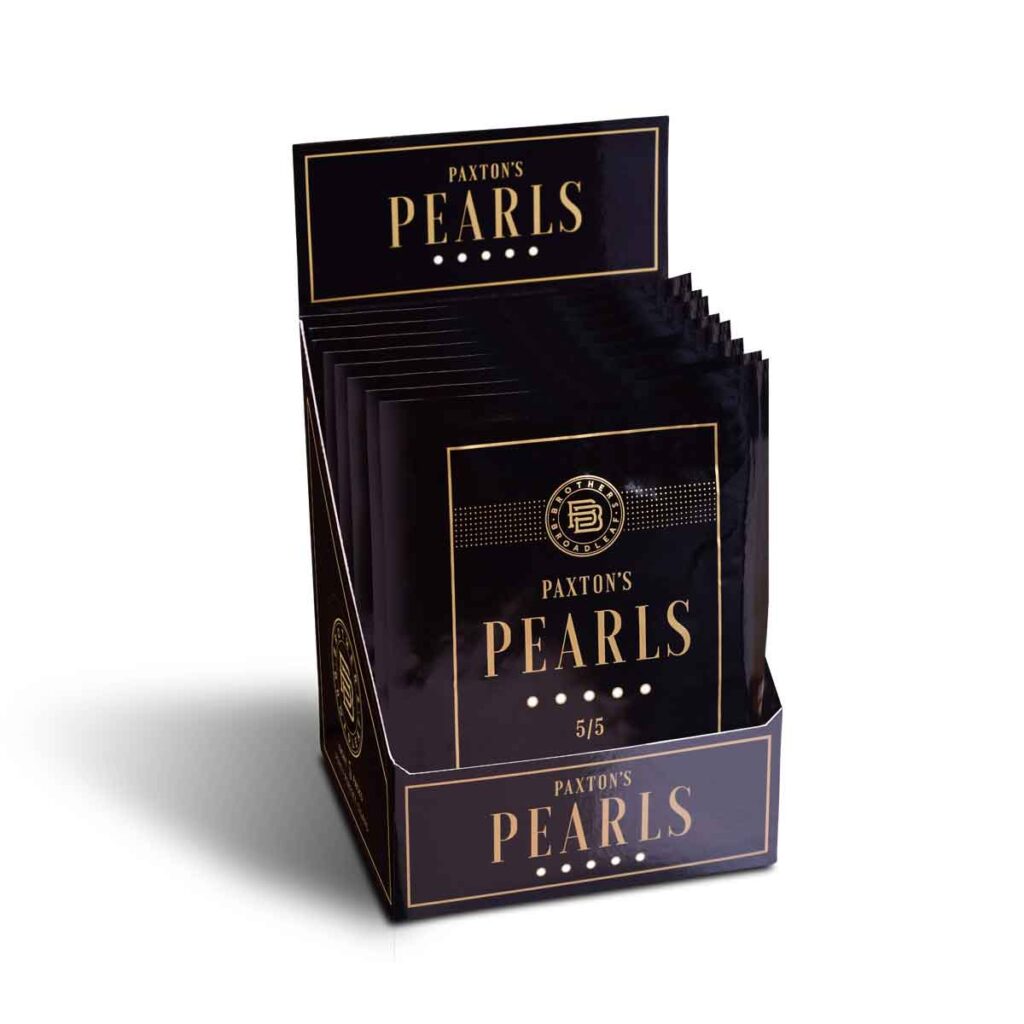
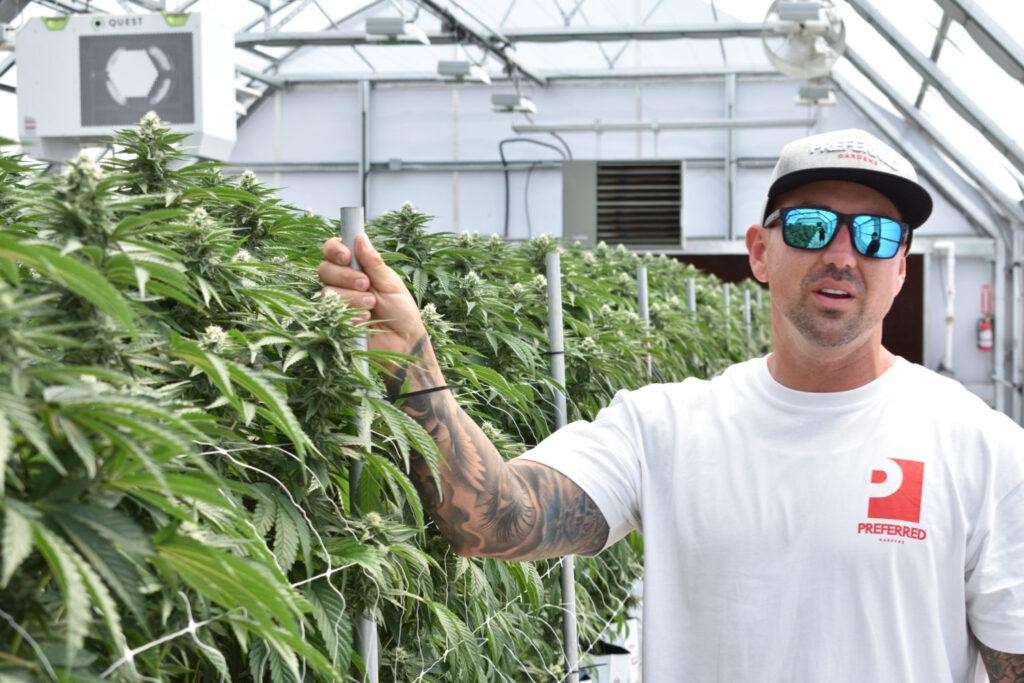
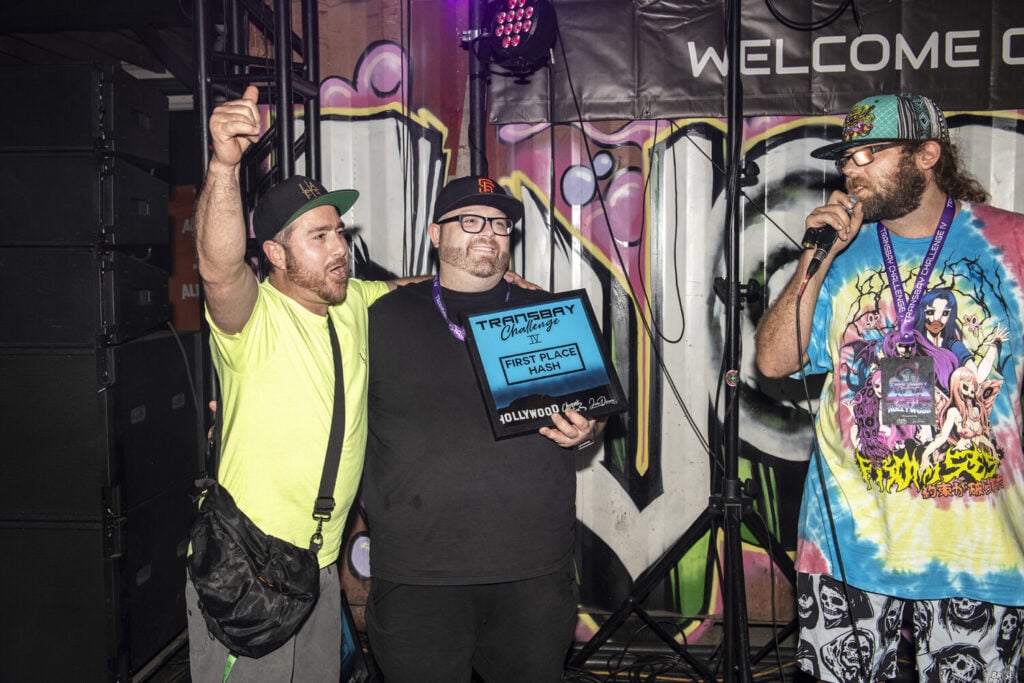
 Photos courtesy of Ted’s Bud Co
Photos courtesy of Ted’s Bud Co